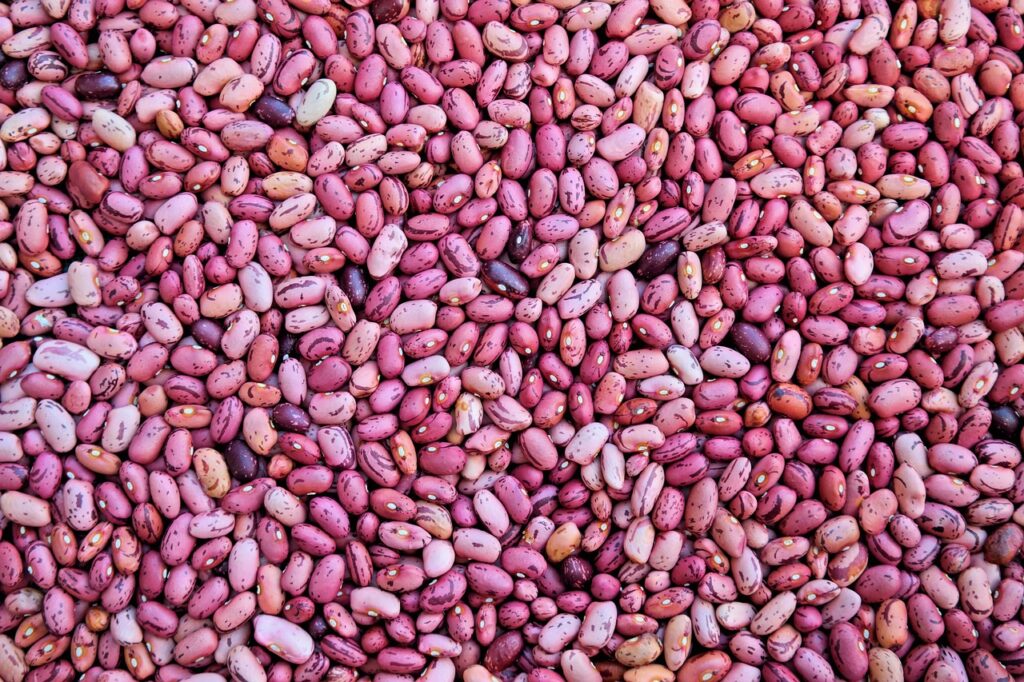Per capita bean consumption in Mexico decreased from 9 kilos per year in 2021 to 7.7 kilos in 2024, according to an analysis by the United States Department of Agriculture (USDA).
Mexicans consume this product in dishes such as pot beans, refried beans, in soups or broths, with rice, and in a wide range of snacks, including sopes, huaraches, and tlacoyos, as well as gorditas, tostadas, and tacos.
Please note: Beans are one of the most consumed foods in Mexico and have more than 50 varieties, many of which are Mexican in origin and have great historical and cultural value.
Per capita bean consumption in Mexico
According to the USDA, bean consumption has declined. This is largely due to changing consumer preferences. Many are now opting for animal protein or less-expensive vegetables and grains, such as lentils, rice, and pasta.
For the 2024/25 marketing cycle (April-March), bean production in Mexico is expected to increase 41% compared to the previous year’s record. This increase is due to a 32% increase in planted area. However, several challenges persist.
These include drought, limited access to quality seeds, and security issues in key areas. In fact, over the last ten years, the harvested bean area has fallen by 20%. It went from 1.68 million hectares to just 1.36 million today.
This decline is related to weather conditions, dependence on saved seeds, and insecurity in producing areas. To address this situation, the Mexican government proposed creating a seed production company. However, a timeline for its implementation has not yet been defined.
Production
Beans are an essential crop in Mexico and are produced in many regions. More than 570,000 producers participate in the sector, which generates around 382,000 jobs and an annual value of nearly 17 billion pesos.
Approximately 20% of producers are commercial and generate 80% of national production. Two states account for more than 50% of the total.
Cultivation methods vary by region. In the north and center, such as Sinaloa and Zacatecas, mechanization predominates, which improves efficiency. In contrast, states such as San Luis Potosí and Chiapas use less technology, with lower yields.

